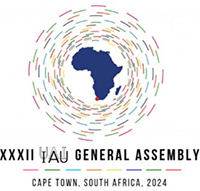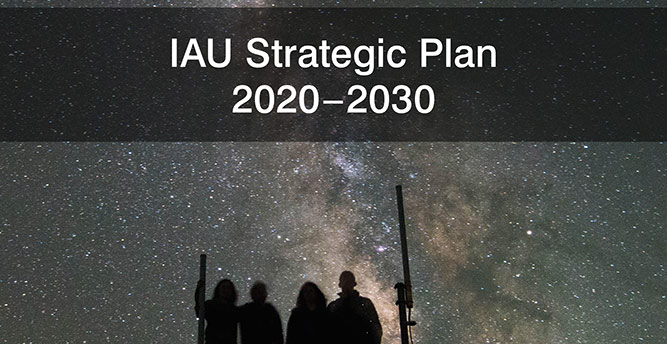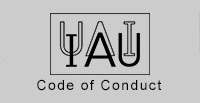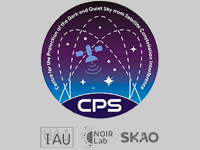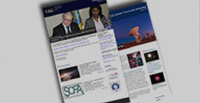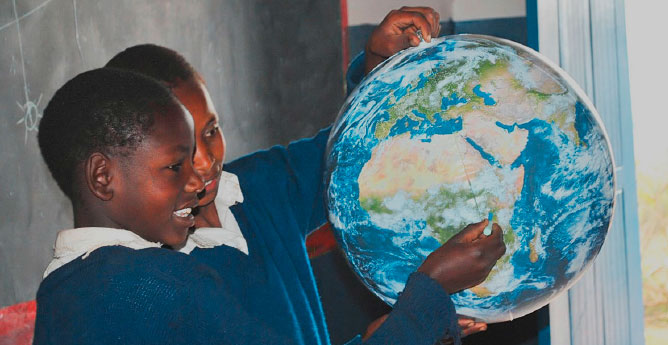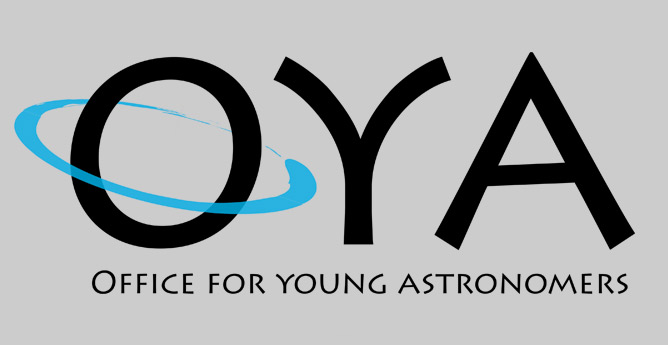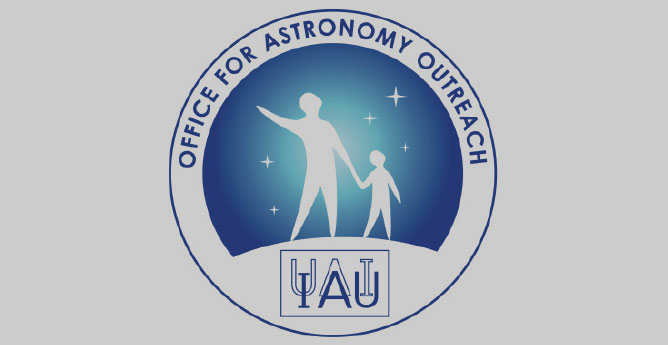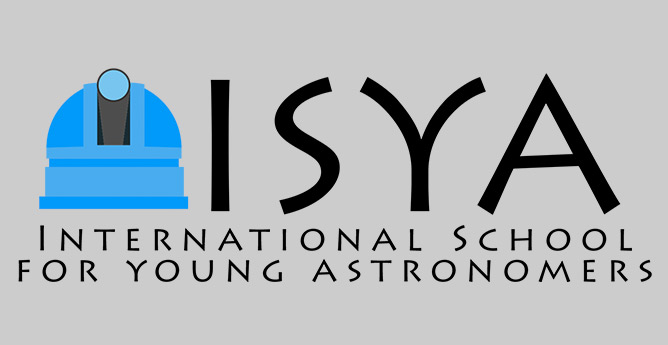- News
- Science
- Scientific Bodies
- Divisions
- Commissions
- Commission A1 Structure
- Commission A2 Structure
- Commission A3 Structure
- Commission A4 Structure
- Commission B1 Structure
- Commission B2 Structure
- Commission B3 Structure
- Commission B4 Structure
- Commission B5 Structure
- Commission B6 Structure
- Commission B7 Structure
- Commission C1 Structure
- Commission C2 Structure
- Commission C3 Structure
- Commission C4 Structure
- Commission C5 Structure
- Commission D1 Structure
- Commission E1 Structure
- Commission E2 Structure
- Commission E3 Structure
- Commission E4 Structure
- Commission F1 Structure
- Commission F2 Structure
- Commission F3 Structure
- Commission F4 Structure
- Commission G1 Structure
- Commission G2 Structure
- Commission G3 Structure
- Commission G4 Structure
- Commission G5 Structure
- Commission H1 Structure
- Commission H2 Structure
- Commission H3 Structure
- Commission H4 Structure
- Commission J1 Structure
- Commission J2 Structure
- Commission J3 Structure
- Commission X1 Structure
- Commission X2 Structure
- Past Commission Organising Committees
- Working Groups
- Centres
- Scientific Meetings
- Rules & Guidelines
- General Assemblies
- Meeting Proposals
- Future IAU Meetings
- General Assemblies
- EC Meetings
- Officers' Meetings
- Regional Meetings
- Symposia
- Focus Meetings
- Institutional Meetings
- IAU Offices Meetings
- IAU-Sponsored Meetings
- Letters of Intent submitted for 2024
- Letters of Intent submitted for 2023
- Letters of Intent submitted for 2022
- Letters of Intent submitted for 2021
- Letters of Intent submitted for 2020
- Past IAU Meetings
- Templates
- Other Meetings
- Grants & Prizes
- Scientific Bodies
- Publications
- IAU Publications
- IAU Strategic Plan
- Symposia
- WGSBN Bulletins
- Regional Meetings
- Information Bulletins/Catalyst
- E-Newsletters
- Focus Meetings
- Transactions A
- Transactions B
- Related Publications
- GA Newspapers
- CAPjournal
- IAU Books
- Brochures
- IAU Offices
- WG Reports
- Commission Reports
- Division Reports
- Past IAU Publications
- Rules, Guidelines and Instructions for Proceedings
- Publishers
- IAU Publications
- Administration
- About the IAU
- Statutes & Rules
- IAU Policies
- IAU Executive Bodies
- IAU Secretariat
- Resolutions
- Members Administration
- Administrative Dates & Deadlines
- International Organisations Relations
- Donate to the IAU
- Training in Astronomy
- Astronomy for Education
- Astronomy for Development
- Astronomy for the Public
- Office for Astronomy Outreach
- FAQ
- Themes
- Satellite Constellations
- Astronomy in Everyday Life
- How to Report a Discovery
- Careers in Astronomy
- Defining our Place in the Cosmos
- The Constellations
- Light Pollution
- Measuring the Universe
- Near Earth Objects
- How to Participate in Astronomy Research
- Naming of Astronomical Objects
- Naming of Exoplanets
- Buying Star Names
- Naming Stars
- Pluto and the Solar System
- IAU Member Statistics
- Our Moon: the Moon
- Meteors & Meteorites: The IAU Definitions of Meteor Terms
- UNESCO-IAU Portal to the Heritage of Astronomy
- Social Media
- Past Events
- Call for Online Resources
- Astronomy@Home Awards
- Contact
Th. Walraven
South Africa
1916-2008
Obituary:
Theodore (Fjeda) Walraven passed away at his home near Pretoria
in South-Africa on Sunday, january 13 2008.
He was born on july 26 1916, joined the Leiden Observatory in
1946 and retired as a full professor in 1980. His last lectures in
Leiden were delivered during a visit from Souh Africa in the first
half of 1990.
His first big work was on variable stars. He wrote his thesis on the
'Line Spectrum of Delta Cephei' under the supervision of Anton
Pannekoek in Amsterdam, which was published as Publications of
the Astronomical Institute of the University of Amsterdam vol. 8
pp. 1-80 in 1948. Ever since he contributed to a wide variety of
observational astronomical projects and instruments.
Fjeda was a pioneer of high-precision photoelectric photometry
and a genius in instrumentation. He contributed in a fundamental
way to our insight into variable stars. Together with Paul Ledoux
he wrote the famous article on stellar variability in the Handbuch
der Physik, Volume 51 pp. 353-604, published in 1958.
His observational efforts started with the remarkable studies using
the then recently built Zunderman 19" reflector of multiperiodic
variability of RR Lyrae. His observations and description of the
Blazhko effect were unsurpassed until recently. He invented
simple methods to achieve continuous registration of the star's
brightness, which he later applied impressively in his studies from
the Leiden Southern Station at Johannesburg of SX Phoenicis and
AI Velorum, which both appeared to be double-mode pulsators.
His whole life he would remain fascinated by these stars,
improving until the last moment the special instrumentation he
built to study them.
During the mid 1950's he also developed a special photometerpolarimeter
with which he studied in detail the polarization of the
Crab Nebula. Together with Jan Oort this led to the understanding
of the importance the synchrotron radiation in the Crab nebula.
The landmark paper by Oort and Walraven (B.A.N. 462, 1956)
stands to this day as a classical example of well-conducted
research. Remarkably, the first crucial observations of the Crab
were again made from Leiden in 1954, on the 13-inch refractor; the
bulk of the data were obtained later at the Observatoire de Haute
Provence.
At the Leiden Southern Station a wide variety of photometric
programs were executed among which stands out the study with
Muller and Oosterhoff of the southern classical Cepheids. The
large number of photometric studies being considered led to the
design of the 36 inch reflecting telescope, the “Lightcollector”, at
the new site of the Leiden Southern Station near
Hartebeespoortdam, where it was erected in 1957. This telescope,
built by Rademakers in Rotterdam, was fast, versatile and
optimized for photoelectric photometry with small diaphragms.
Walraven’s great achievement was to build around this telescope a
multichannel photometer, based upon a polarization optics filter
which split the stellar spectrum into a set of regular bands which
could be measured simultaneously. This yielded a five-channel
photometric system of very high stability and efficiency that was
particularly suited for determination of the physical parameters of
stellar photospheres. The bands were chosen as a photoelectric
analogue of the Barbier-Chalonge-Divan (BCD) classification based
upon photographic spectrum registrations (at the Observatoire de
Haute Provence).
In order to get the maximum of results from telescope and
photometer, Walraven went to live with his family at the Leiden
Southern Station. Several long visits to Leiden were made in order
to give his lectures and to do optical experiments. Together with
his wife Johanna, who was his close collaborator all his life and
who made most of the special optics needed in the various
spectrophotometric instruments, Walraven used the Lightcollector
and its 5-channel photometer for impressive studies of OB stars,
cepheids and the brightest stars in both Magellanic Clouds. He set
an example on how to use a photometric system, in this case his
own VBLUW system, for the determination of the physical
parameters of stars: effective temperature, surface gravity
(luminosity), metal abundance and the required interstellar
reddening corrections
Walraven’s long stays at the Leiden Southern Station, however,
also led to an increased isolation from his colleagues and students
in Leiden. Much of his work therefore remained unpublished and
circulated only through a few conference proceedings and drafts.
In the end his scientific impact was not as profound as he had
certainly deserved.
In the early sixties the Walravens left the Leiden Southern Station
to go to the Mount Stromlo Observatory (then led by Bart Bok), but
they returned to Leiden after only one year. After that Walraven
didn’t use his 5-channel photometer any more but until his
retirement he concentrated on developing new, more ambitious
spectrophotometric instruments.
Even though Walraven formally had few students, he had a
profound influence on several Leiden-bred astronomers who
applied his teachings on instrumentation and observational
astronomy in their own work, like Dr. J. Tinbergen, who became a
well-known polarimetrist and Prof. Dr. J. W. Pel, who - at
Walraven’s instigation- first became a specialist on cepheids and
later became a succesful leader in optical astronomical
instrumentation in the Netherlands.
In the late sixties, working in his small optical laboratory in the
cellars of the old Leiden Observatory, Walraven developed a
unique radial velocity photometer. Unfortunately the Dutch
Science Foundation ZWO did not support further development of
this instrument. A missed opportunity, as the subsequent
development of this branch of astronomy has now shown.
Walraven also pursued his development of ingeneous polarization
optics, finally producing a 12-channel spectrum scanner, where the
stellar spectrum was split into nearly rectangular bands that could
be scanned and measured simultaneously by twelve
photomultipliers. Unfortunately the powerful prototype was never
developed into a general user instrument and its use remained
limited to the rather few observations made by the Walravens after
their final return to South-Africa in 1968.
After Fjeda’s retirement Fjeda and Jo Walraven moved in 1981 to
the small town of Cornelia, in the Orange Free State, where they
built their own fully automated 40-cm telescope, and used a
further development of the scanner to continue observations of
multiperiodic variable stars. During his last visit to Leiden in 1990
Fjeda brought with him beautiful multicolour observations of AI
Velorum, but after his beloved Jo had died the previous year he
had stopped observing.
The conditions for observations at Hartebeespoort had meanwhile
much deteriorated and the scientific programs at the Leiden
Observatory became much more focused on ESO. Even so in the
seventies extensive programs were done on the southern cepheids,
RR Lyrae, X-ray binaries and the Magellanic Clouds by Pel, Lub
and van Genderen. In 1978/79 the Walraven photometer and
Lightcollector telescope were therefore moved to ESO in Chile to
start a new and very productive new life on La Silla. Among the
most important programs we mention only the preparatory work
for the Hipparcos input catalogue. After 32 years of operation the
photometer was finally decommissioned in 1991. It is now on show
at the Boerhaave Museum of the history of Science in Leiden, as a
tribute to a great instrumentalist.
Fjeda Walraven’s death leaves those whom he taught and those
whom he collaborated with and inspired with the sad feeling of
losing a brilliant instructor and a great role model in observational
astronomy.
Jan Lub
Rudolf S. Le Poole
Reference:
p3-8
Research Institute Leiden Observatory
(Onderzoekinstituut Sterrewacht Leiden)
Annual Report 2008
https://local.strw.leidenuniv.nl/annual-reports/annrep08/annrep08.pdf
Past affiliation(s) within the IAU
- Past Organizing Committee Member of Commission 27 Variable Stars (1964-1967)
- Past Organizing Committee Member of Commission 45 Stellar Classification (1964-1967)
- Past Member of Commission 25 Astronomical Photometry and Polarimetry
- Past Member of Commission 27 Variable Stars
- Past Member of Commission 45 Stellar Classification
Search individual members

